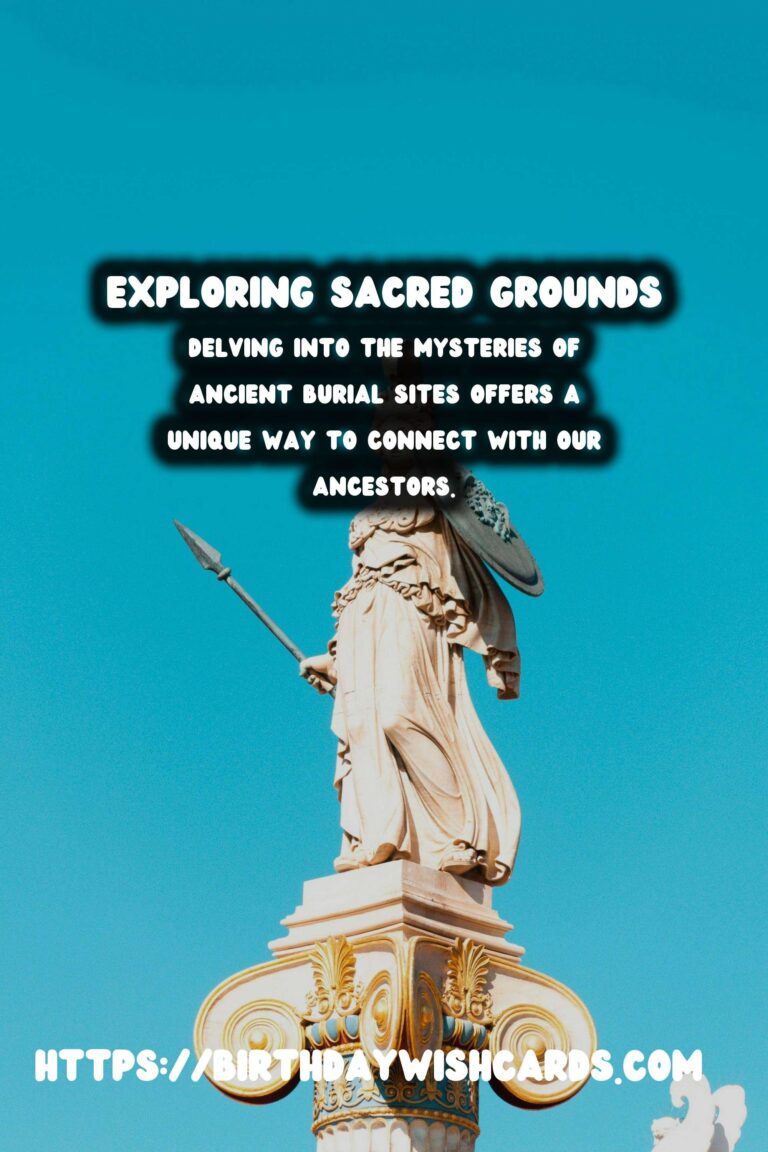
Delving into the mysteries of ancient burial sites offers a unique way to connect with our ancestors and honor traditions that have transcended generations. These sacred grounds offer invaluable insights into past civilizations, their beliefs, and cultural practices. However, it’s crucial to approach these sites with a sense of respect and understanding, considering their importance to descendant communities.
The Significance of Ancient Burial Sites
Ancient burial sites are not merely resting places for the departed; they are repositories of history and culture. These sites often contain archaeological treasures that reveal the traditions, rituals, and daily lives of those who lived long before us. From the grandeur of Egyptian pyramids to the mysterious mounds of Native American cultures, each site tells a compelling story.
Understanding the significance of these locations can deepen our appreciation for human history. For instance, the intricate burial practices of the ancient Egyptians highlight their complex belief system, which revolved around the afterlife. Similarly, the mounds of Cahokia in present-day Illinois provide insights into the social and political structures of pre-Columbian North America.
Cultural Sensitivity and Respect
Visiting ancient burial sites requires cultural sensitivity and respect. It’s essential to recognize that these sites are often sacred to indigenous peoples or current descendants. Trespassing, vandalism, and the removal of artifacts not only violate these spaces but also risk desecrating their spiritual significance.
For example, the desecration of burial sites in Hawaii and other indigenous lands has led to increased advocacy for protective measures. Communities are fighting to ensure that these places are preserved and respected, not just for historical reasons but also for their ongoing cultural importance.
Preservation Efforts
Preservation of ancient burial sites is a collaborative effort that involves archaeologists, local communities, and cultural heritage organizations. Many sites around the world are at risk due to urban development, looting, and climate change. These threats highlight the need for robust preservation strategies.
For example, UNESCO’s World Heritage program plays a critical role in safeguarding numerous historic sites. By designating sites of exceptional cultural value, they help mobilize international efforts to preserve these irreplaceable landmarks.
Integrating Technology
Technology is increasingly playing a vital role in the exploration and preservation of ancient burial sites. Advanced tools like lidar, drones, and 3D modeling are allowing archaeologists to discover and document sites in unprecedented detail without invasive digging.
These technologies provide a non-intrusive means of exploration, especially in areas where excavation might disturb sacred grounds. Digital reconstructions also offer new ways for the public to experience and learn about these sites, promoting respect and awareness.
Responsible Tourism
Tourism to ancient burial sites can be both a blessing and a challenge. When managed responsibly, it provides significant funds for preservation while educating visitors about the importance of these sites. However, careless tourism can lead to damage and disrespect for local customs.
To mitigate negative impacts, many sites have established guidelines that visitors must follow. Guided tours, educational programs, and restrictions on certain activities help ensure that these historical landmarks are respected and preserved for future generations.
In conclusion, exploring ancient burial sites is a profound journey that allows us to understand our shared human heritage. By approaching these sacred grounds with respect and care, we not only honor the past but also ensure that these invaluable pieces of history are preserved for future generations to learn from and appreciate.
Delving into the mysteries of ancient burial sites offers a unique way to connect with our ancestors. Ancient burial sites are not merely resting places for the departed; they are repositories of history and culture. 
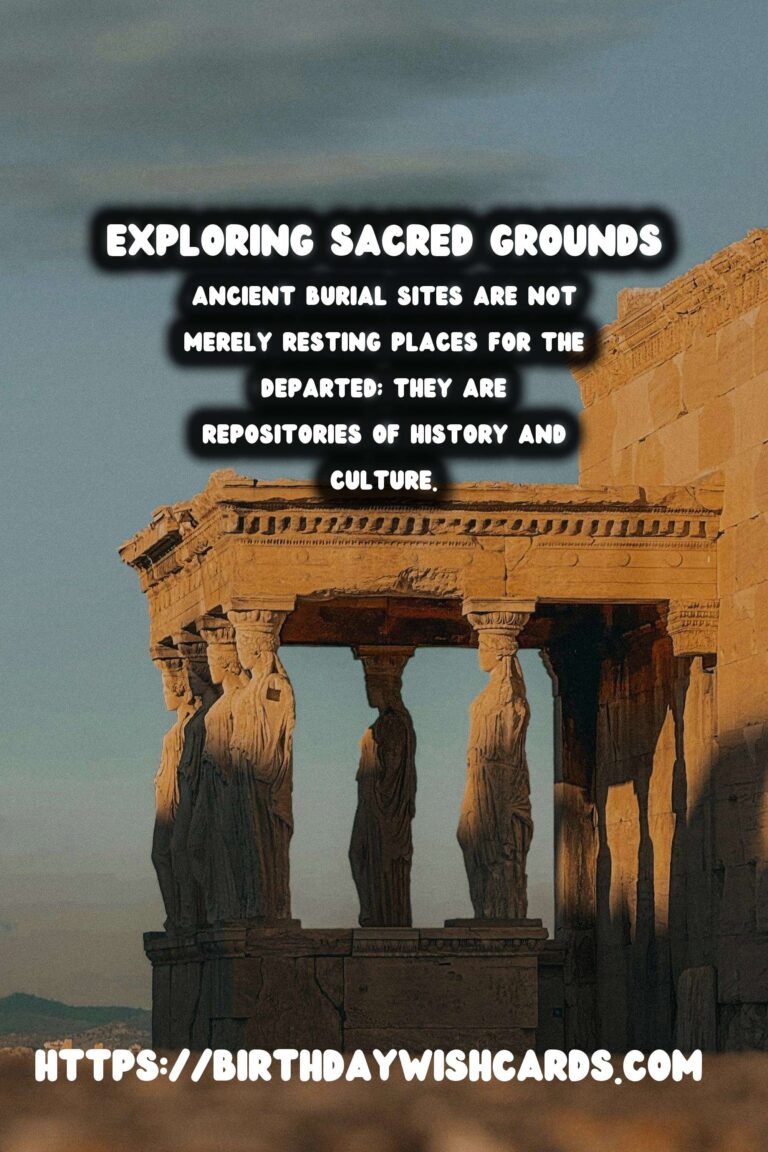
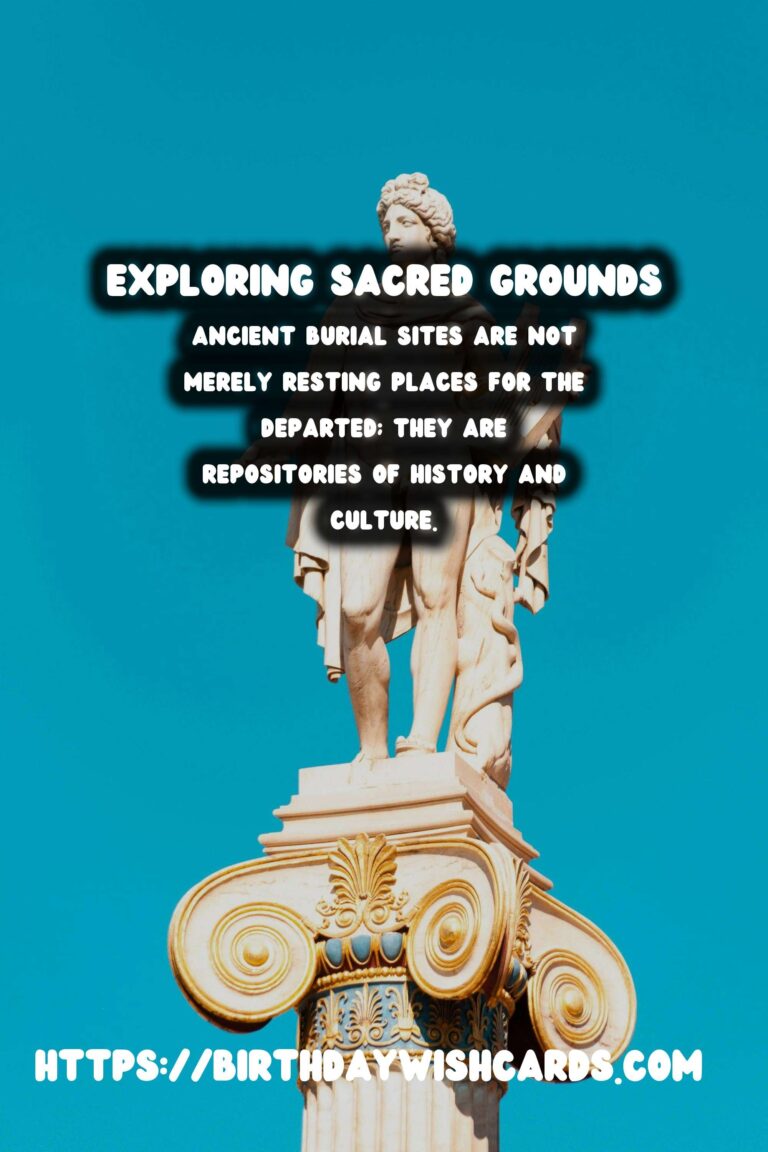
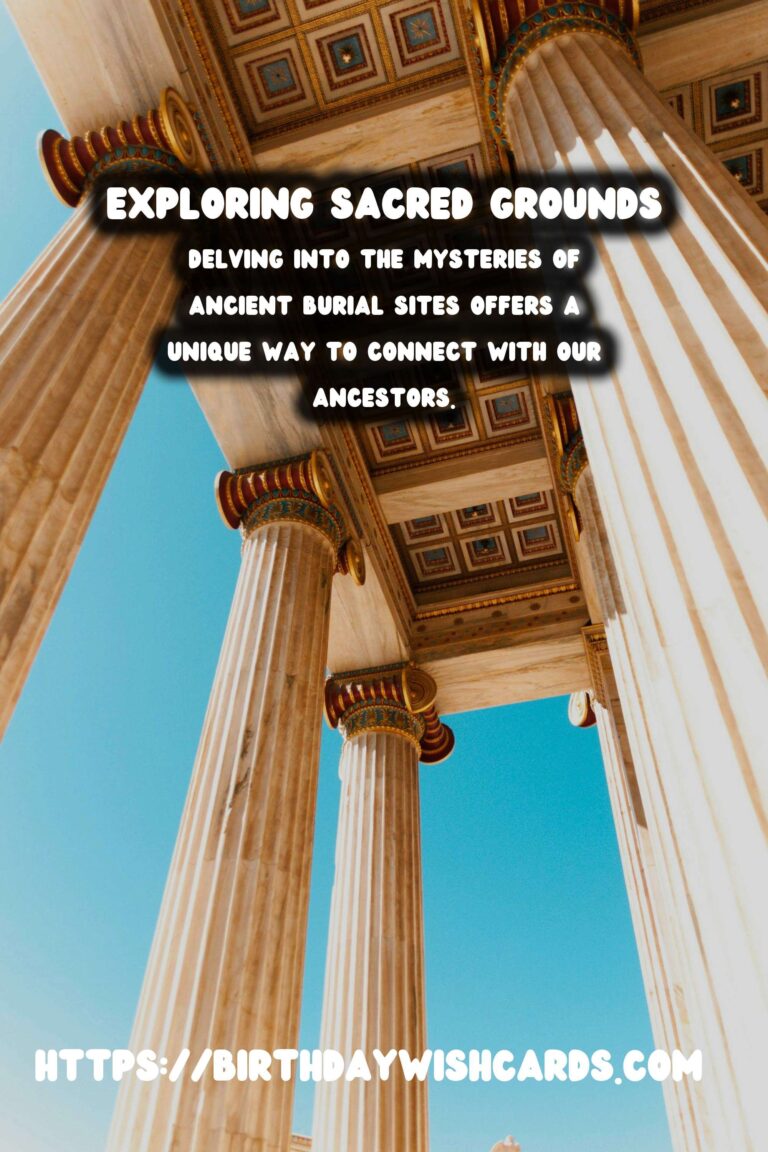
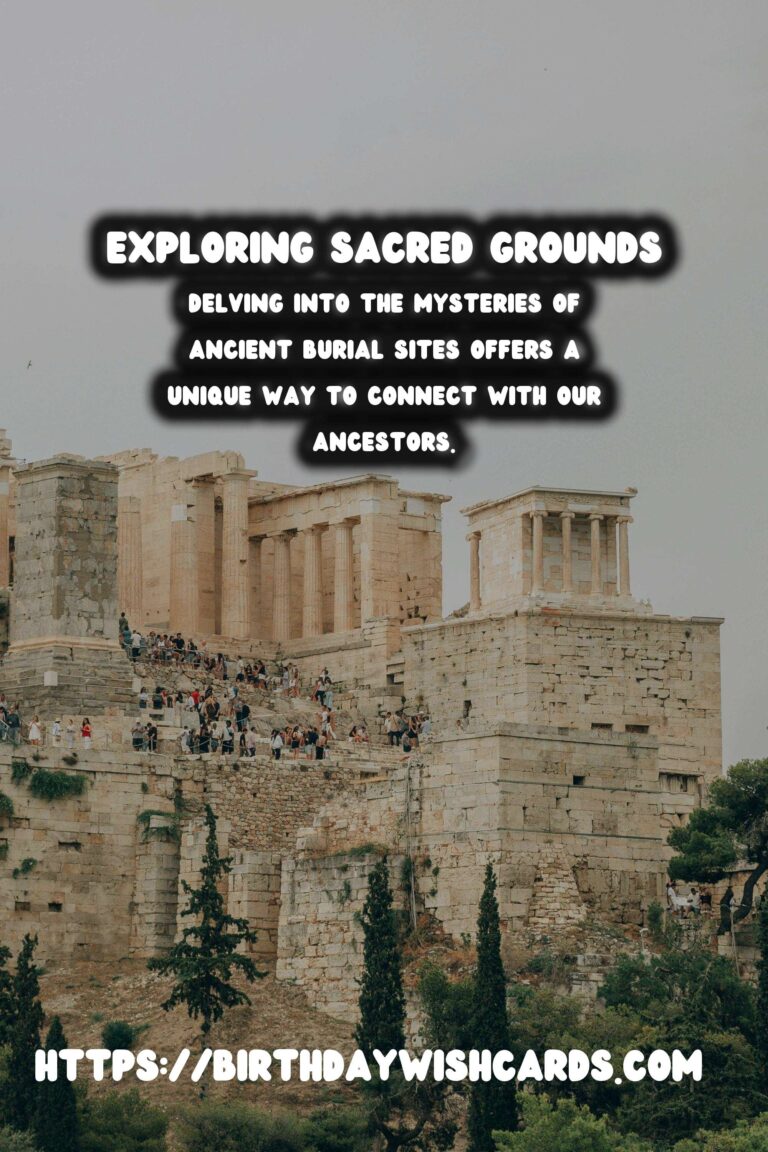
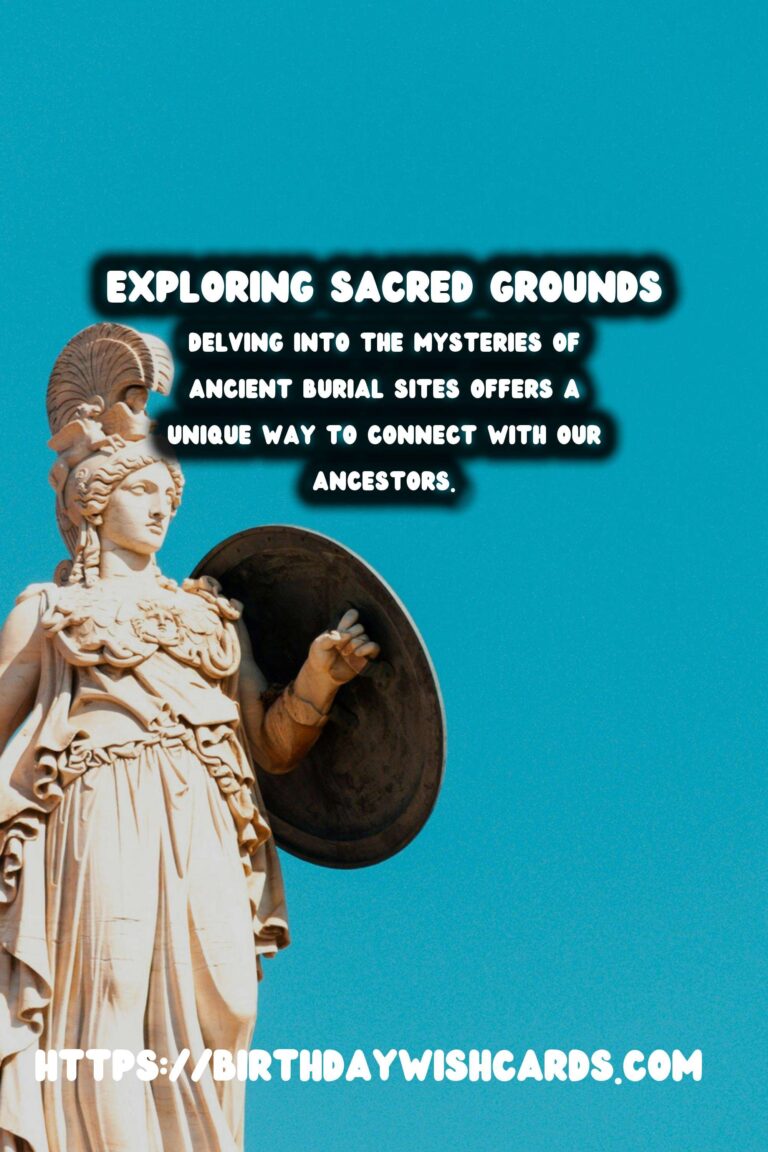
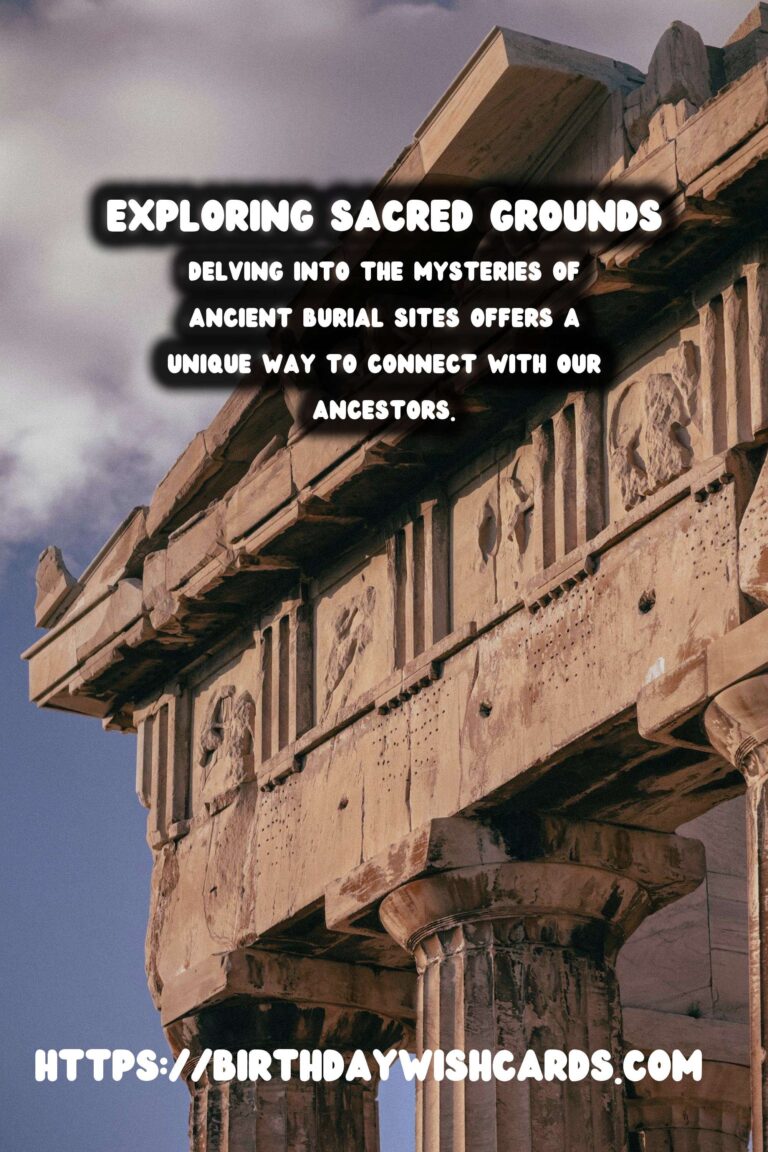
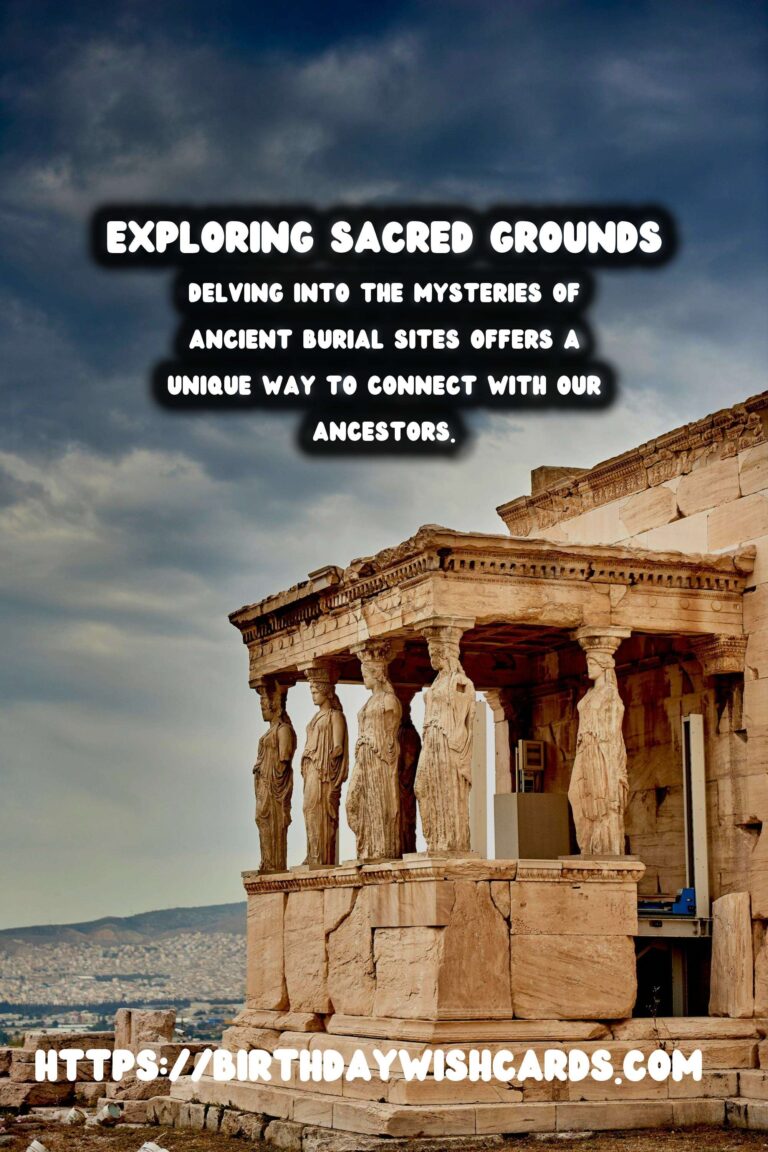
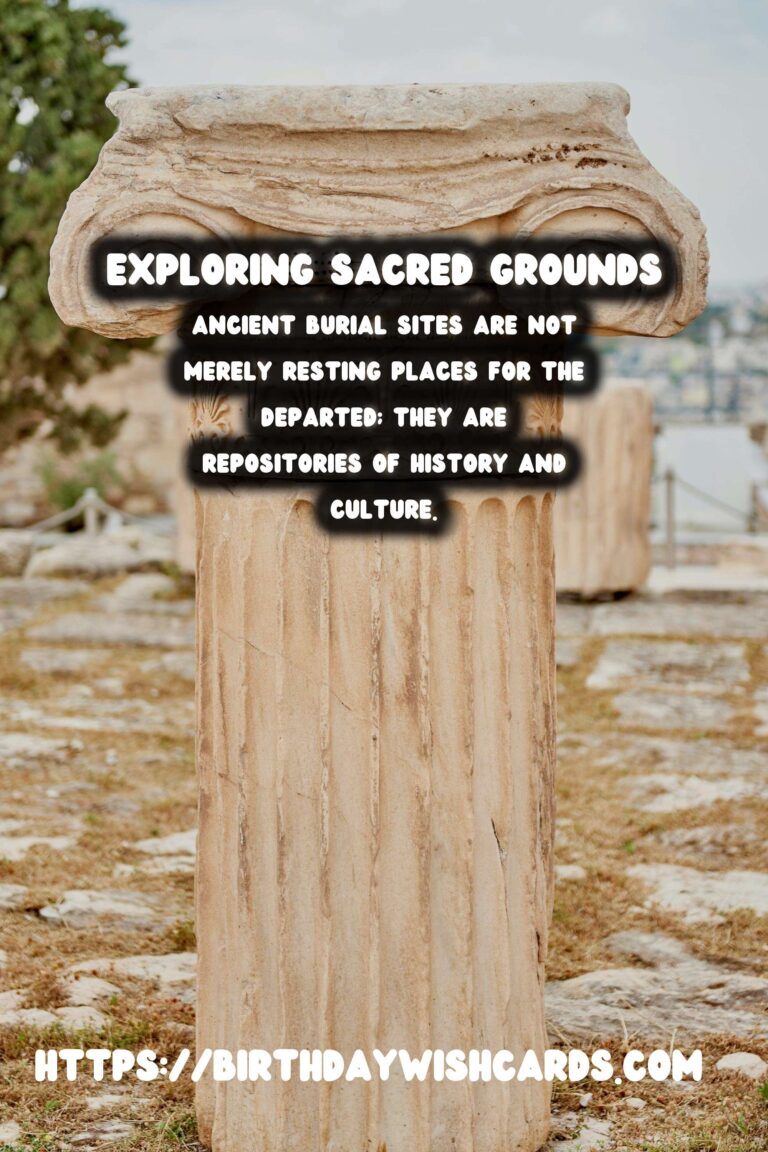
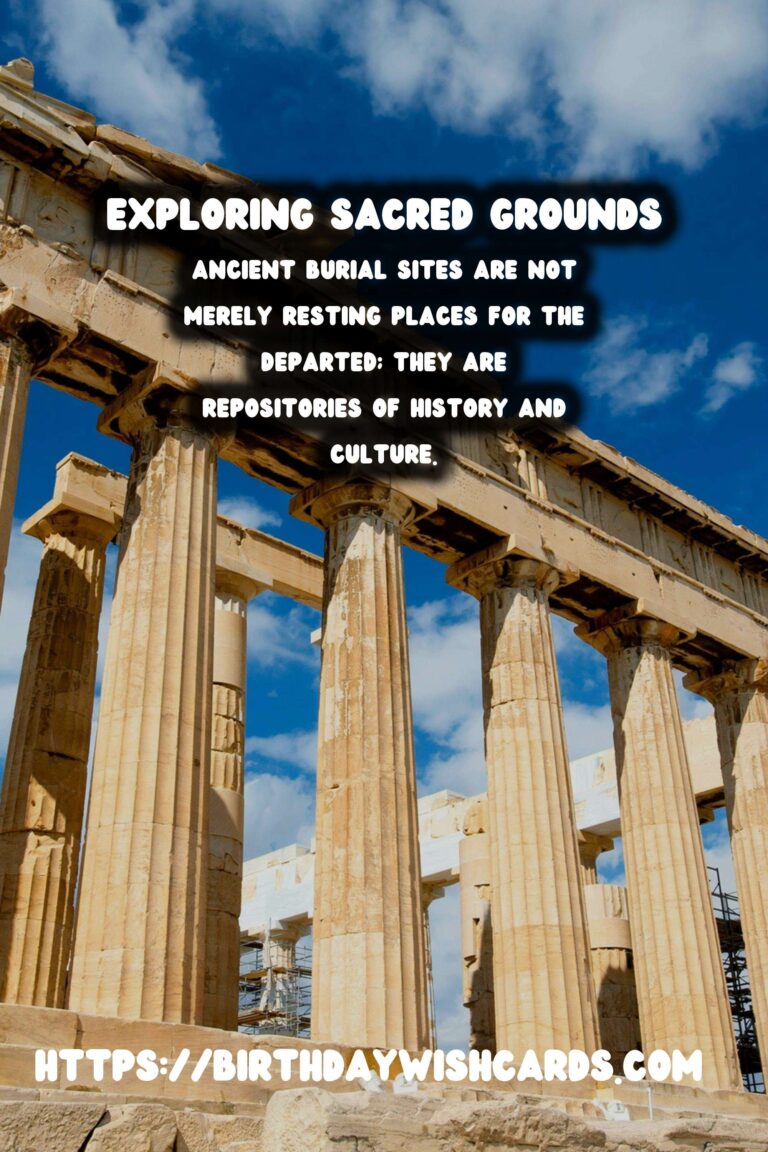
#AncientHistory #CulturalRespect




